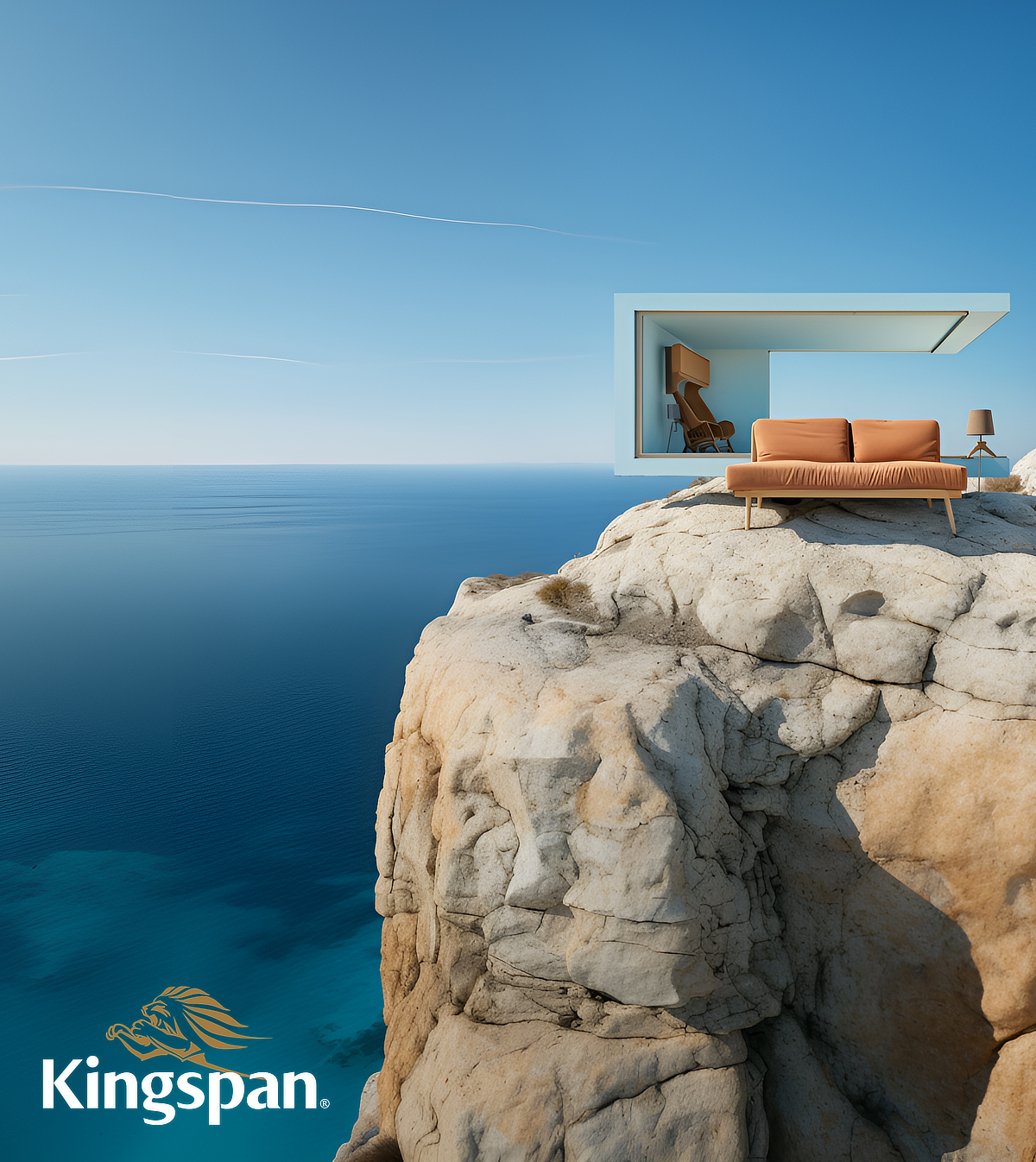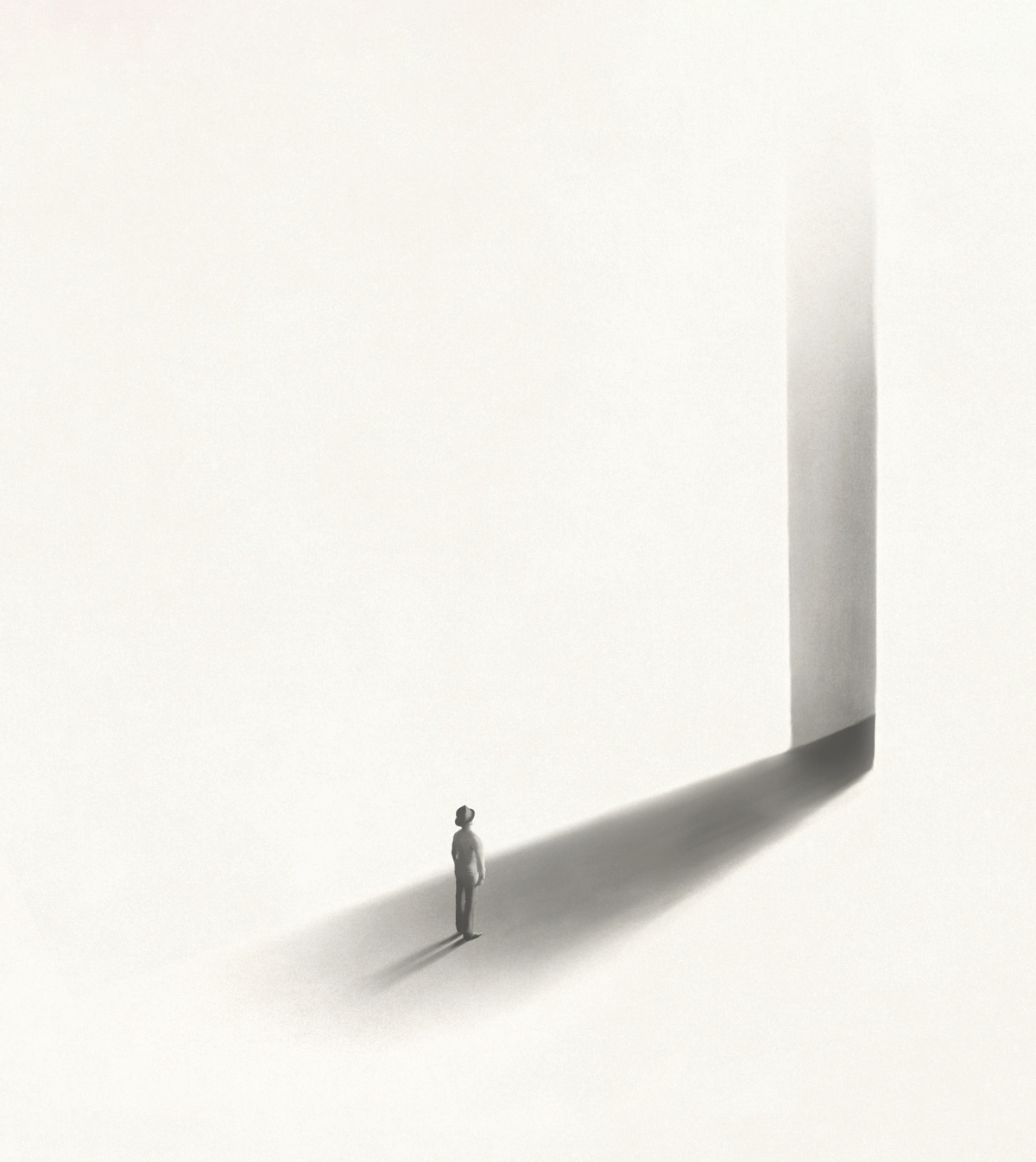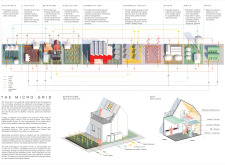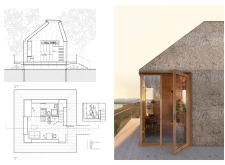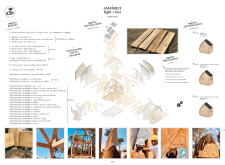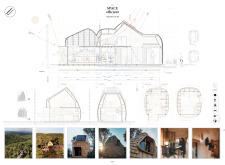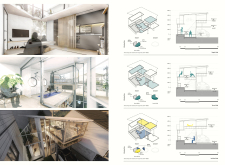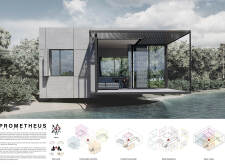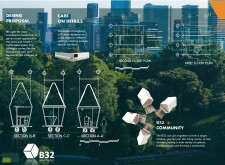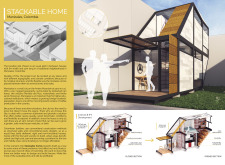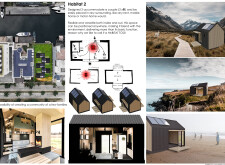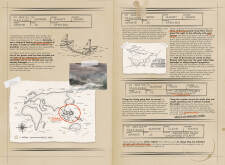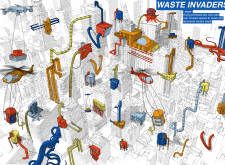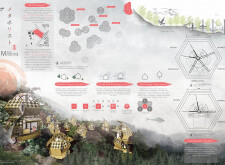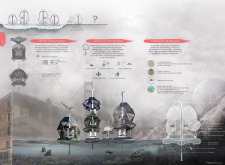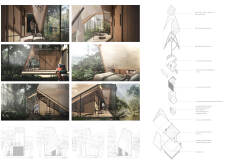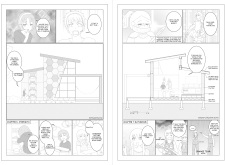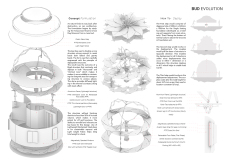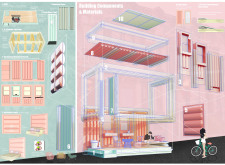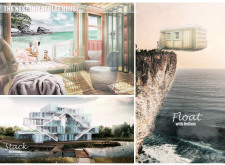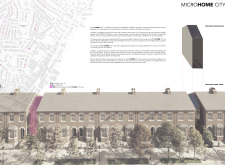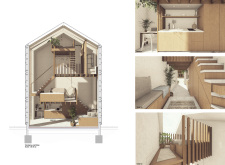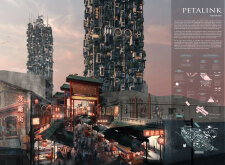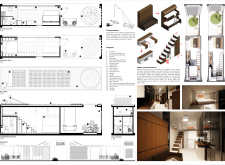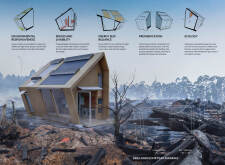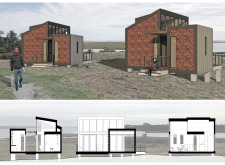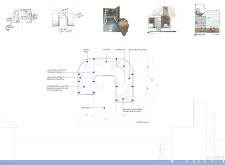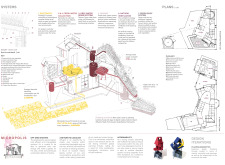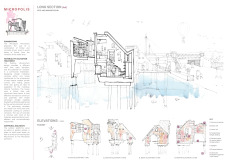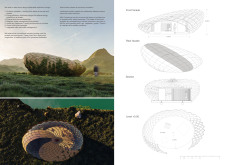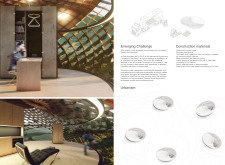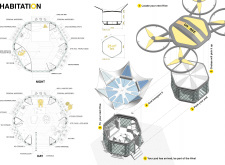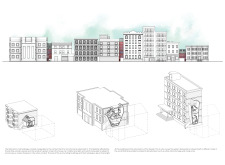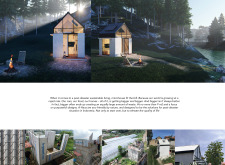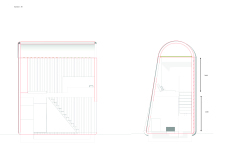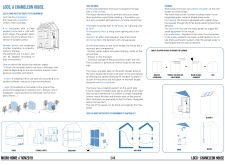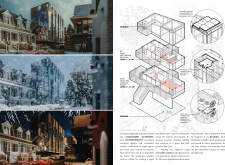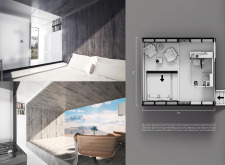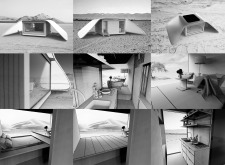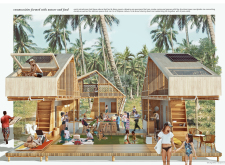Introduction
Bee Breeders presents its inaugural MICROHOME architectural design competition. This competition is the first chapter of our Small Scale Architecture Appreciation Movement, which will highlight small projects from around the world that offer big ideas.
What is a MICROHOME?
As the affordable housing crisis expands to a larger number of cities around the globe, and as natural resources dwindle, we are looking for easy-to-replicate ideas for living small. Participants were asked to submit designs for an off-grid, modular structure that could accommodate a hypothetical young professional couple.
The only requirement of the brief was to design a living structure with a total floor area of maximum 25sqm. Unique aesthetics, new technologies and innovative materials were encouraged. With this competition and others, Bee Breeders looks to build a library of small-scale design ideas that have the potential to change the world.
Can the MICROHOME become entirely new form of architecture?
Jury members found the range of submissions for the 2019 MICROHOME competition promising. Modular homes, floating homes, homes within existing structures, prefabricated homes, shared homes, flying homes, homes that produced their own energy...all of these ideas and more were presented. Entries focused on solutions targeted to cities in Vietnam, Indonesia, Canada, the UK, the USA, Mexico, Japan, and many more. The winning submissions were all innately hopeful in nature, offering sustainable, small housing solutions with many possibilities for use and implementation.
Bee Breeders thanks all of the designers who submitted ideas to this competition, which was truly global. In partnership with ARCHHIVE BOOKS, we look forward to presenting some of these ideas and more in the upcoming print book, What is Small Scale Architecture? planned for publication in the spring of 2020.
1st Prize Winner
Shifting Nests
Participating in architecture competitions is a way for us to take a step back from our day-to-day work and experiment with different ideas on design challenges that we may not otherwise come across. The process of working on a competition is rigorous and demanding, and helps us to keep an open mind, aiding our design and critical-thinking skills as they apply to real world projects.
Read full interview Canada
Canada
Jury feedback summary
Vancouver, Canada, is quickly becoming one of the world's most unaffordable cities. While a large number of young professionals are drawn to the city by work opportunities, many also soon leave because they simply cannot afford to live here. The city, paradoxically, is not comparatively dense. It is notable that it has many vacant lots that require remediation for development. 'Shifting Nests' presented a sustainable housing solution, targeting these lots, which it claims have recently begun being transformed into community gardens, but are not adequately taken advantage of. The submission aims to take advantage of these lots by offering a proposal for low-cost small-scale housing. 'Nests' are a prefabricated housing solution consisting of a plywood, metal cladding, and corrugated polycarbonate on a series of simple frames. The jury was impressed by the sensible linear plan layout, segmented into zones for resting, bathing, cooking, living+dining, and farming. The project is depicted beautifully in plan and section, giving sense to the project's layout and form. The jury would like to see how this design might be adapted to other cities and climates.
2nd Prize Winner +
BB STUDENT AWARD
BB STUDENT AWARD
MIKADO/ MICRO HOME19

We believe that participation in architecture vision competitions can create many great opportunities, especially for students. The basic and fair answer stands behind our personalities and is linked with our passion about architecture and the chance to challenge yourself. Architectural competitions are a great chance to improve many of your skills, to widen your knowledge and express your creativity. You can also learn how to work as part of a team and how to use your unique qualities to complete one project.
Read full interviewJury feedback summary
'Mikado' offers a circular housing form, in the tradition of yurts and teepees, which floats on a supporting pole: while it is depicted here as raised above a water body, it is also intended that this home can also be constructed in urban spaces and more rustic land terrains. The water-collecting system on the roof is combined with a foundation reservoir for containing fresh water. The house is likely not a cheap solution (it claims to produce energy through solar cells integrated in a curved glass skin), but the open circular plan is rational and open, serving as a cornerless blank slate for organizing one's life. This submission's unique collection of drawings shows evidence of a skilled and restrained designer.
3rd Prize Winner
COMPACT HOUSE

I participate in architecture vision competitions mainly to challenge myself. I see it as a tool for learning and an opportunity to be creative and experiment with new ideas. Architecture vision competitions offer a freedom of expression that is otherwise restricted when you work for an office or a client.
Read full interview Sweden
Sweden
Jury feedback summary
This 25sqm house has everything one needs for comfort: simple and easily-constructible, it offers many uses afforded by mobile, re-configurable furniture. Four basic programs - bedroom, office, toilet, and kitchen - are connected via a central multifunctional space. The Compact House is equipped with photovoltaic panels, a rainwater collection system, and a composting toilet. Modular shelving provides storage opportunities. These open shelving systems might require highly-organized users, but they also help to subdivide this tiny space in a way that allows it to feel open and spacious.
BB GREEN AWARD
Tiny Home - Big Impact

I participate in competitions because they offer the possibility to design with new and innovative forms of architecture. They also push you to think outside of the box and do research into how you can make your vision possible. Competitions also give you the opportunity to design spaces that can be different from what you usually design.
Read full interview United States
United States




